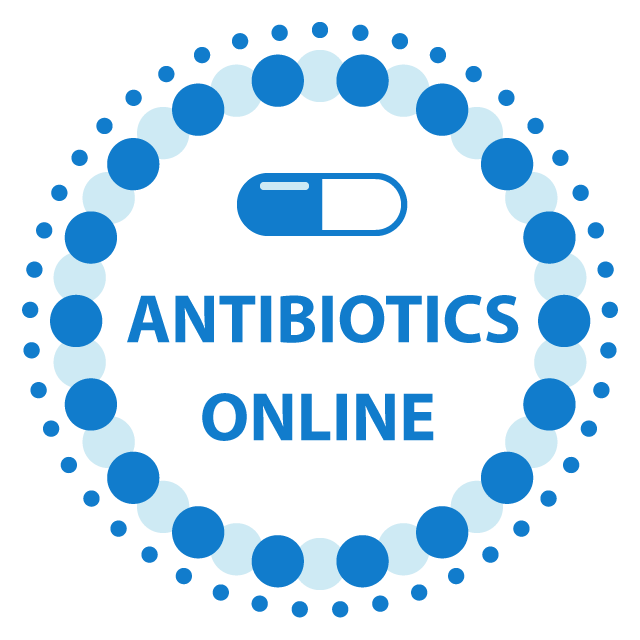Bacterial Antibiotics
Antibiotics are popular medications used commonly for the treatment of several forms of infections triggered by bacteria. Some of the common infections that can be treated include urinary tract infections, ear infections, skin infections, strep throat, and so on. Bacterial antibiotics very widely used and therefore are considered to be an important class of medications.
Every individual must have used antibiotics at least once in his/her lifetime. The market contains several forms of antibiotics that have different functions for treating different issues. Any single antibiotic is not capable of curing all forms of infections that are known to affect human beings. Hence, antibiotics are classified in different categories according to the type of infection they are used for treating.

Bacterial Antibiotics and Their Uses
Antibiotics are used broadly for treating infections that are caused by different strains of bacteria. Some of them include streptococcus, staphylococcus aureus, E. Coli, and so on. These antibiotics can either be bactericidal or bacteriostatic.
Bacteriostatic antibiotics are a form of antibiotic medications that restrict the reproduction of bacteria in order to stunt the spread of the infection. On the hand, bacterial antibiotics help in killing bacteria that are responsible for causing the infection within the body.
Bacterial Antibiotics and Its Indications
The indications are not generic to all antibiotics, rather depends on the type of bacteria it is targeting. One antibiotic specializes in treating a certain bacteria type. Antibiotics cannot be used interchangeably for treating infections caused by bacteria.
If these drugs interchanged, it can cause more harm to the body than good. Therefore, it is important to use antibiotics judiciously in order to maximize the benefits derived from them.
When to Not Use Bacterial Antibiotics
As mentioned earlier, bacterial antibiotics must not be used for treating every kind of infections. Common infections such as flu, cough and cold, sore throat, etc that are caused by virus cannot be treated using bacterial antibiotics. These conditions are treated using antiviral medications specifically. If antibiotics are administered to such conditions, the body is likely to develop resistance against these drugs to cause several side-effects.
Bacterial Antibiotics and Their Side Effects
There have been evidences of many side effects resulting due to the use of bacterial antibiotics. They can be mild, moderate, or severe in nature. Some can even be considered as life-threatening. Some of them include:
- Rashes and other skin conditions
- Vomiting
- Upset stomach
- White patches appearing on the tongue
- Allergic reaction
- Diarrhoea
Common Bacterial Antibiotics
- Penicillins: They are called beta-lactum antibiotics. They include 5 antibiotics groups namely, natural penicillins, beta-lactamase inhibitors, penicillinase resistant penicillins, aminopenicillins, and antipseudomonal penicillins. Some of the common examples are penicillin V potassium, amoxicillin, etc.
- Tetracyclines: They are called broad-spectrum antibiotics. They are commonly administered in conditions like STDs, UTIs, skin infections, etc. Some common examples would include minocycline, doxycycline, tetracycline, etc.
- Cephalosporins: Cephalosporins are of 5 different generations. They can be used for treating gram-negative infections such as UTIs, skin infections, ear infections, strep throat, etc. Some common examples would include cefdinir, ceftriaxone, cefuroxime, etc.
Some of the other kinds of antibiotics are sulphonamides, quinolones, macrolides, etc. Bacterial antibiotics can be administered topically or orally to patients.

